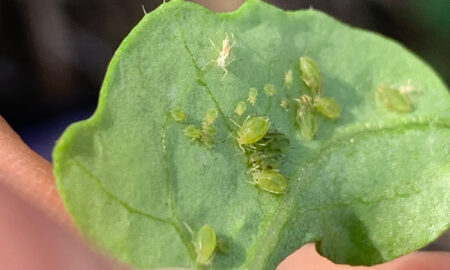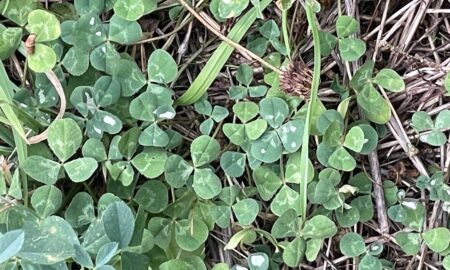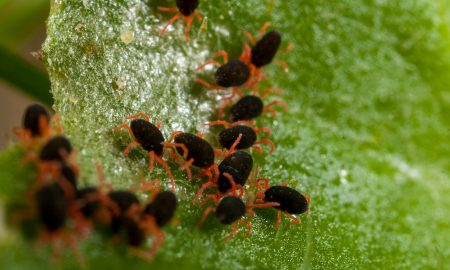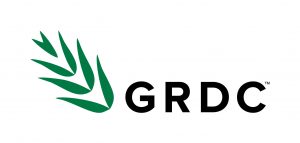The Australian plague locust has been spotted in localised areas of Northern Victoria.
There have been cases of ‘hoppers’ – wingless, immature locusts – forming large bands with population numbers over threshold levels for control.
Here we summarise some information from these recent reports and cover the latest advice for affected landholders.
About the Australian plague locust
The Australian plague locust (Chortoicetes terminifera) is a native species, inhabiting vast areas of inland pastoral regions of Australia. Under favourable conditions populations can build-up over generations, forming swarms which can migrate into agricultural regions.
The Australian plague locust often has three generations per year (spring, autumn, and summer), but this can vary from to two to four depending on the region and seasonal conditions.
Although this species shows a preference for grasses, all green plant material is at risk of damage.
Both the hoppers (immature locust) and adult stage will feed on pastures and crops.
Hoppers are wingless and can form dense bands that feed on green vegetation as they “march” across the landscape, while adults are winged and form high density swarms that migrate long distances and can cause substantial damage to crops, particularly in spring.
Recent locust sightings in Victoria
The CropSafe program has received reports of the Australian plague locust in several, localised areas of Northern Victoria.
Reports have been received from Goornong and Axe Creek in Greater Bendigo Shire; Durham Ox, Pyramid Hill, Serpentine, Dingee, Raywood and Jarklin in Loddon Shire; near Torrumbarry in Campaspe Shire and Picola and Yarrawonga in Moira Shire.
In many cases, the density of locust hoppers is large enough to warrant control.
Although the numbers of hoppers are high, they occur only in localised patches. No plague is predicted for 2023.
Locust management recommendations
If localised hopper bands reach or exceed threshold levels for control, management actions will help to reduce the threat of future locust outbreaks.
Chemical control of the Australian plague locust is recommended when band densities reach or exceed 80 hoppers per square metre. This is equivalent to more than 6 hoppers per A4 sheet of paper laid on the ground.
At this level hoppers form large slow-moving bands which provide a clear target for efficient and effective insecticide use.
See the APVMA for registered insecticides and always follow label instructions.
Ideally the hoppers should be sprayed at the 2nd and 3rd instar stage (approx. 6-10mm in length), approximately two weeks after hatching.
Acting now will help to prevent these hoppers reaching adulthood when they can take flight and pose a risk to autumn crops and pastures. Controlling hoppers now will also reduce the number of autumn eggs laid by adults, which would otherwise have survived by overwintering, only to hatch in spring and contribute to a build-up of populations in the next generation.
Reporting locust activity
Locust sightings in Victoria should be reported directly to Agriculture Victoria via this online reporting form or 136 186.
Reporting locusts and locust sightings is imperative to monitor locust population and movements. All reports are entered into a database from which maps are produced showing the current activity.
Hoppers are more difficult to identify than adults, especially the young instars. If adults are correctly identified as present at one location, it provides a reasonable indicator of the hopper species at the same location in the near future.
Ideally any locust reports made to Agriculture Victoria should be accompanied by good quality photos to establish the locust identity and life stage, especially as the Australian plague locust can be confused with other species of grasshoppers.
Australian Plague locust adults have a characteristic black spot on the tip of the hindwing, red shanks on the hindlegs and a distinct ‘X’ shaped mark behind the head.
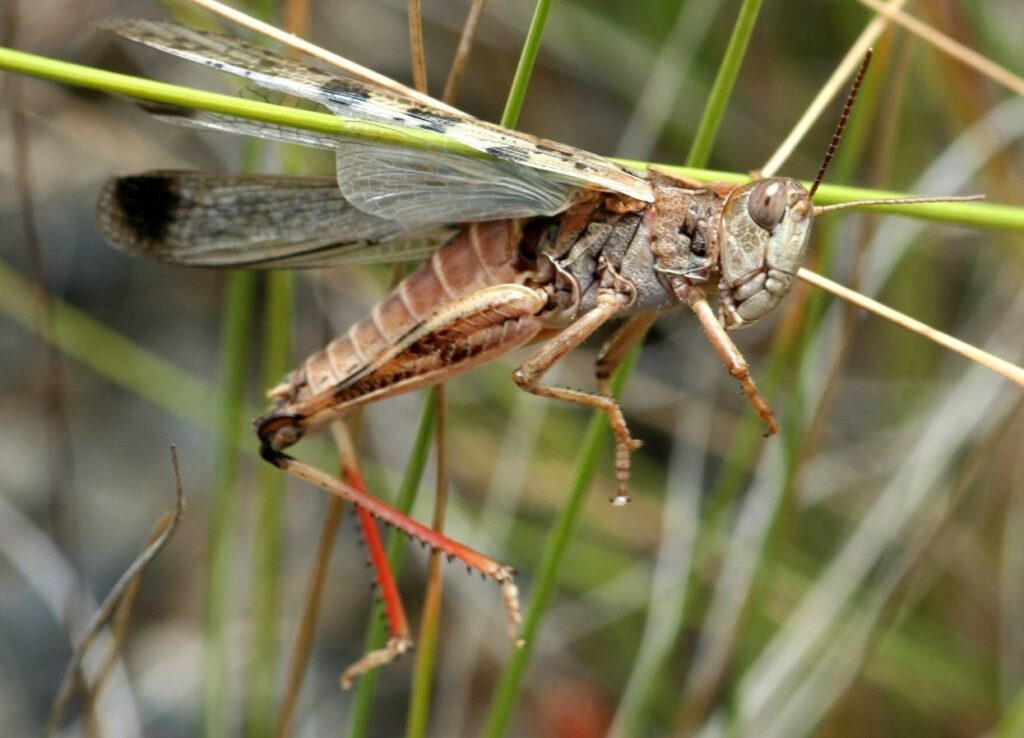
More information on locusts
A full range of resources including chemical advice, locust identification and biology and information for households and home gardeners are available on the Agriculture Victoria website agriculture.vic.gov.au/locusts.
See also the Australian plague locust commission, Department of Agriculture, Fisheries and Forestry.
Acknowledgements
Thanks to the CropSafe team (Agriculture Victoria) for providing field reports and recommendations. Thanks to Dr Kyla Finlay (Agriculture Victoria) for reviewing and contributing to this article.
Cover image: Photo by M Campbell


